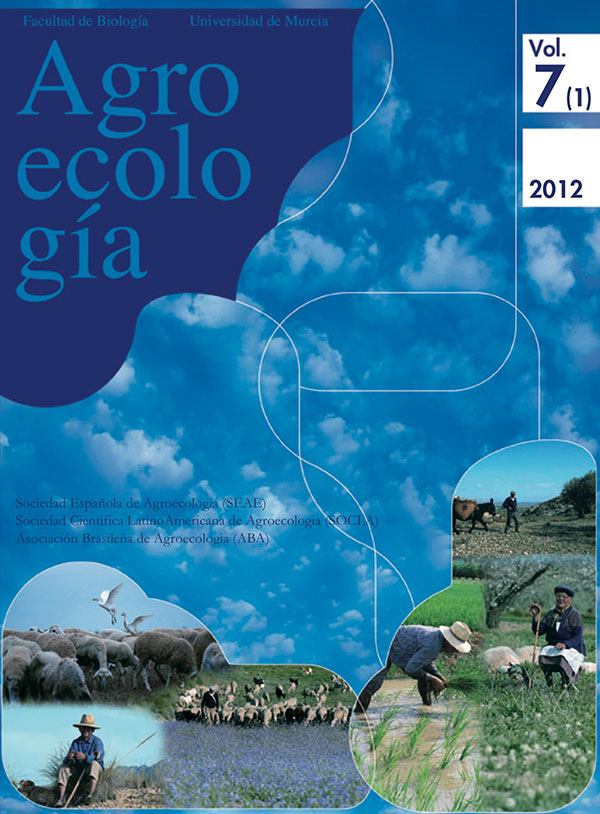The soil, its metabolism, nutrients cycling and agroecological practices
Abstract
The approach is to look the soil as a living system and to ground its participation in the agro ecosystem sustainability. It goes from Altieri’s premise that identifies soil quality and biodiversity up and down the soil as pillars to get the change of the conventional production systems (characterized by monocultures and dependence of industrial synthesis ingredients) through diversified and self-sufficient systems.
It comes the organization pattern analysis, structure and processes which characterized the soil and under the systemic approach, it justifies how this system from which the plants make part of, and the rest of the organisms, gives the nutrients for their requirements, and those also form the living and no living biomass system, which is recycled continuously transforming in a permanent way the webs and soil components, traveling to the atmosphere as molecules and gases like CO2, CH4, N2O, named “green house” effect gases (GHEG) and others like H2S, involved in the acid rain.
The systemic vision of webs within webs and context processes take us to fertility, resilience, and health and soil quality as emerging properties, only explainable from the whole agro ecosystem. Some agro ecological practices like the preservation and use of the organic matter, zero or minimal tillage and the biodiversity (with its connections up-down and down-up) same as the organization of the complex agro ecosystems, have their scientific base on the web framework which is weaved around of the components and go beyond the ecosystem and the agro ecosystem. Therefore, the need of those agro ecological practices become widespread, covering the local, regional and territorial, through the social, economic and political networks.
Downloads
Las obras que se publican en esta revista están sujetas a los siguientes términos:
1. El Servicio de Publicaciones de la Universidad de Murcia (la editorial) conserva los derechos patrimoniales (copyright) de las obras publicadas, y favorece y permite la reutilización de las mismas bajo la licencia de uso indicada en el punto 2.
2. Las obras se publican en la edición electrónica de la revista bajo una licencia Creative Commons Reconocimiento-NoComercial-SinObraDerivada 3.0 España (texto legal). Se pueden copiar, usar, difundir, transmitir y exponer públicamente, siempre que: i) se cite la autoría y la fuente original de su publicación (revista, editorial y URL de la obra); ii) no se usen para fines comerciales; iii) se mencione la existencia y especificaciones de esta licencia de uso.
3. Condiciones de auto-archivo. Se permite y se anima a los autores a difundir electrónicamente las versiones pre-print (versión antes de ser evaluada) y/o post-print (versión evaluada y aceptada para su publicación) de sus obras antes de su publicación, ya que favorece su circulación y difusión más temprana y con ello un posible aumento en su citación y alcance entre la comunidad académica. Color RoMEO: verde.





